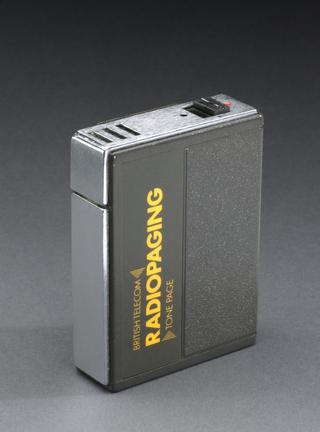
Lead weight marked 'Reid' from the first cross-Channel telegraph cable, 1850.
- maker:
- Reid Brothers




Lead weight, marked Reid, with which the original cross-Channel telegraph cable of 1850 was weighted, made by Reid Brothers, Islington, London, England, 1850.
This lead weight is an unused example of those employed to weigh down the first international submarine telegraph cable, laid across the Channel in 28 August 1850 between Dover and Cap Gris Nez. Pairs of weights were clamped to the cable at intervals of 100 yards (91.4 m) to ensure that it sank to the seabed. The cable failed during the first night, reportedly because a fisherman had caught the cable with his anchor and, without realising what it was, cut it free. The cable was not expected to be a permanent success, and the action of the tides soon destroyed the insulating material. It was intended as a test of the possibility of the idea of laying a cable between England and France. Having proved that it was possible, a second cable was laid the following year in 1851.
Details
- Category:
- Telecommunications
- Object Number:
- 1950-231
- Materials:
- lead (metal)
- Measurements:
-
overall: 50 mm x 155 mm x 155 mm, 5.45 kg
- type:
- lead weight
- credit:
- Donated by E. E. C. Marsh




